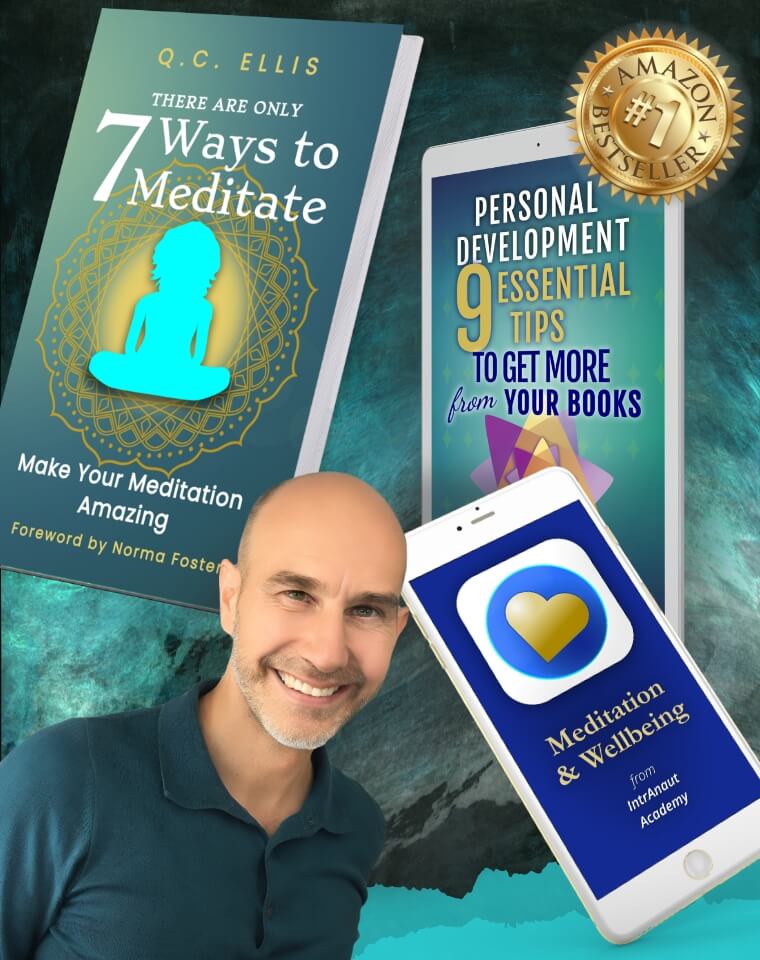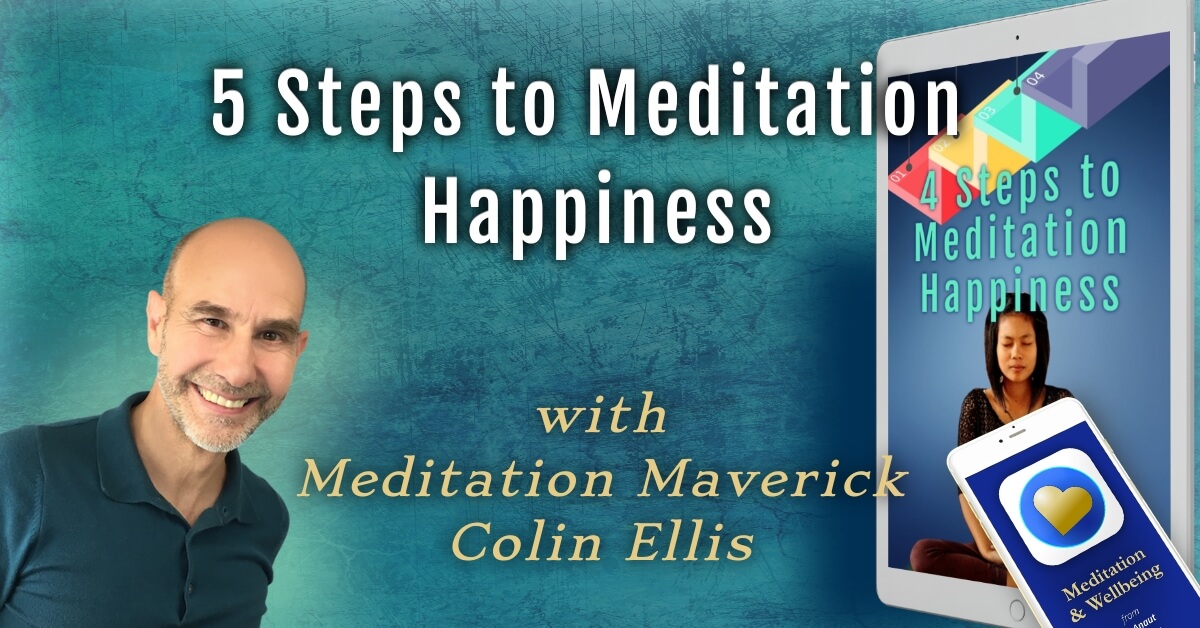This self-assessment chart is used for Engrossed Attention (EA) style meditations – such as the Breath Meditation.
To download the two-page chart on a pdf – CLICK HERE
(opens in a new tab or may download automatically. On the app – use the direct link within the app)
Step One
To accomplish this step: Begin/continue the practice. Stop (stand, sit, or lie down) and intend to focus on the breath. Do not do anything else. Do not control, push, or pull the breath (the object of your observation).
Working on: Finding the object of meditation – the sensations associated with the breath. It could be at the tummy, chest, or nostrils (or top-lip).
Guidance: Do this anywhere, any-time (as long as you are not purposefully moving – including your eyes). Your awareness of the object can be very vague. Adjusting your body so you can relax is OK, up to step five.
Step Two
To accomplish this step: Stay on the breath by saying “in”, “out” or “soften” & “flow”, or saying “one” on in-breath and “one” on the out-breath, up to 10. Although vague most of the time, you have some contact some of the time.
Working on: Staying with the breath and also working on better contact. Being distracted less, by counting rounds of 10 breaths at a time.
Guidance: The major work is to bring your mind back from distractions. If distracted but back to count within 1 breath = good. Counting to 11 then realising it should be 1 before the breath ends = OK. Distractions are almost always stress release at this stage.
Step Three
To accomplish this step: Although your object is still vague much of the time, contact is improving and you can do 1-10 x 3 rounds (sometimes).
Working on: Gaining more contact with the object – so it is felt at some point during the in- or out-breath for most breaths (not all). Only count the in- or out-breath.
Guidance: You may also start to notice if the present breath is shorter or longer than the previous one.
Step Four
To accomplish this step: You’re noticing the length of each breath as well as having contact at some point during both the in and out-breath. The object is less vague, more distinct, and you’re noticing more. You are able to discern the effects of absorption and can let go of counting.
Working on: Increasing contact time, so you feel the object during the start, middle and end of a breath (not continuously) as well as noticing the gaps between breaths sometimes.
Guidance: Consciously let go of any control you have over the breath, or strongly holding the object. At first you will only have slightly more contact than 3, sometimes, during a 1-10 round.
Step Five
To accomplish this step: You’re feeling some contact for every breath, plus some contact at the beginning, middle and end of most breaths, noticing the length of the breath and the gaps between most breaths. You are able to discern the effects of absorption (the cocoon effect), and your meditation is often (but not always) a pleasant experience.
Working on: Continuous contact with the object for the in-breath only. Relax on the out-breath. Reducing subtle wandering by returning ASAP. Check for sleepiness/vagueness/dullness.
Guidance: At this step you shouldn’t need to hold onto the object at all to keep from being distracted. The Principle of Gravity is kicking in, so you can relax more & more. Movement should be involuntary or the result of letting go into Restful Absorption.
NOTES
These steps can be seen as a guide to the progression of a meditation session, or as steps to greater skill in meditation. The steps above do not mention everything, but it’ll get you going in the right direction.
By the time you get to STEP FIVE, you’re sitting on the edge between distractions (created by holding too tight, or stress release), and sleepiness/dullness (due to relaxing too much, or tiredness). STEP 5 and beyond are subtle practices, yet the happiness (from the continuous release of accumulated stress) makes your body and mind supple and the experience enjoyable.
It can take many attempts to get past STEP TWO!
After a while, a typical start to a session may go like this:
A vague contact with the object (1), followed immediately by starting to count (2), which lasts until distracted before you get to ten, so you go back to (1), then (2) and after a few (or a lot of) attempts you have reached (3), by the end of the 3rd continuous round you notice you are on (4), and your meditation deepens further once you let go of counting (5).
A training session on the bus, or when pausing while walking the dog, may look like this:
While your eyes are open (looking ahead but unfocused), you bring your awareness to the tummy or nostrils (1), then say “soften” during the in-breath and “flow” during the out-breath (or “in” & “out” etc) until you get disturbed/need to be aware of your surroundings. Do not train at any time where you may be in any danger (e.g., on a path next to a road).
When you get to STEP FIVE regularly, you can be regarded as a skilled meditator and are heading toward the first major milestone to Tranquil Abiding. If you wish to progress beyond STEP FIVE, please contact a Meditation Teacher who specialises (or is experienced) in the next stages, because the practice now becomes subtle and nuanced.
-
About the Author
Colin (Q.C. Ellis) has been on meditation retreats in silence and solitude for longer than some monks. He has been studying meditation for over 23 years.
Known as a meditation maverick, and creator of IntrAnaut™ Meditation, he teaches methods to awaken your body’s natural restorative abilities and fire up your inbuilt happiness.
Keeping it real and grounded in personal experience, he is a Transformation Coach, and founder of IntrAnaut™ Academy.
In person, Colin is approachable and would love to hear from you. For ways to connect, click HERE – ColinEllis.info
For additional resources, download his FREE, IntrAnaut Meditation mobile app with the QR code below or tap HERE


